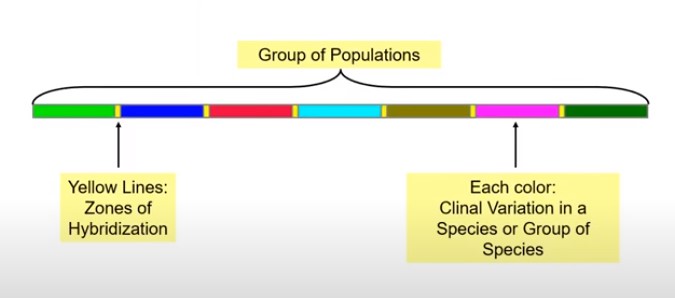FNR24150 -- Week 12 Notes
Introduction
- each population will %%adapt differently%% and will eventually diverge genetically (%%evolve%%) from other populations
- if divergence continues, %%speciation%% would occur (%%rare%% outcome)
- the rate of gene flow is a function of the %%closeness%% of the populations and the %%dispersal%% tendency of the species
Classification
Species
- Today distinguishes by differences in:
- @@body function@@
- @@biochemistry@@
- @@behaviour@@
- @@genetic makeup@@
- ^^Classical Biological Concept Definition:^^
- ^^genetically distinctive^^ populations of individuals ^^isolated reproductively^^ from all other populations
Alternative species concepts
- 27-30 concepts
- Ecological species
- defined in terms of its ^^ecological niche^^
- Morphological species
- defined by ^^morphology^^ (structure)
- Genealogical species
- defined as a ^^set of organisms^^ with a ^^common and unique genetic history^^ as shown by ^^molecular patterns^^
Subspecies
- Def 1:
- ^^Taxonomic subdivision^^ of a species
- Def 2:
- A ^^population^^ of a particular region ^^genetically distinguishable^^ from other populations and capable of ^^interbreeding^^ with them
- Def 3:
- A ^^grouping of organisms^^ that differ from other members of their species by ^^color, size, or various morphological features^^
Cline
A ^^gradual and continual change^^ in a character by a ^^series of populations^^ or ^^throughout the range of a species^^
Usually along a %%geographic or environmental gradient%%
- Individuals at the two extremes differ
Clinal Variation
Clinal Variation in plastral markings of painted turtles
Western forms -- intricate
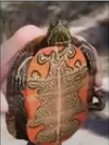
Hybrid -- intermediate
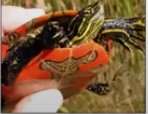
Midwestern/Midland -- single
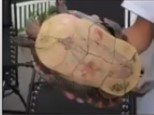
“Ring species”
- Individuals that ^^don’t interbreed^^ but all stem from ^^one population^^
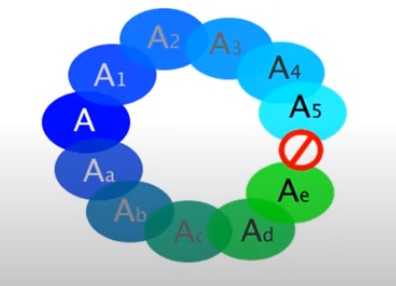
- Lungless salamander (Ensatina eschscholtzi)
Morphological Variation
- %%Latitudinal%% changes within a species
- Changes in body weight; %%Bergman’s rule%%
- Animals have a tendency to be %%larger%% in %%polar%% regions, %%medium%% in %%temperate%% climates, and %%smallest%% in %%tropical%% ones
- ==DOES NOT ALWAYS APPLY TO REPTILES & AMPHIBIANS==
- Changes in body %%color%%
Biogeography
%%3 major factors%% influence geographic distributions of amphibians & reptiles
@@Climate@@
Amphibians have 3 factors in regards to climate
@@Temperature@@
@@Rainfall@@
@@Periodicity@@
@@Availability & access to resources@@
@@Dispersal abilities@@
- %%Small fossorial%% amphibians & %%reptiles%% have %%poorer%% dispersal abilities
- %%Large aquatic%% animals tend to be %%better%% dispersers
Movements
Daily Movements
- @@Feeding@@
- @@Thermoregulation@@
- @@Predator avoidance@@
Seasonal Movements
- Generally %%more extensive%% but still generally considered to be %%<0.5 km%%
- @@Breeding@@
- %%Amphibians%% generally go towards %%water%%
- %%Reptiles%% generally go towards %%land%%
- @@Hibernation@@
- Snakes searching for %%hibernacula%% to escape the cold
- @@Habitat Utilization@@
- Largely associated with change in %%food availability%% or %%habitat quality%%
Dispersal
- Movement ^^outward^^ from ^^home area^^; often implies ^^colonization^^
- Important for maintaining %%gene flow%% in a population
- Infers some %%genetic exchange%% (if those dispersing individuals successfully reproduce)
- %%Undirected movement%% to locations %%unknown%% by the dispersing animals
- Costs & benefits
- Benefits
- %%May reduce intra-specific competition%%
- Likely to come into contact with different individuals unrelated to you %%(minimizes inbreeding)%%
- Costs
- %%Resources%% could be lacking
- Increased %%predation%% risk
Orientation & Navigation
- @@Piloting@@
- %%Simplest%% form; ability to recognize %%landmarks%%
- Possessed by %%all reptiles & amphibians%%
- @@Compass orientation@@
- %%Sense of direction%%
- %%Independent%% of local cues (i.e. basking/perching sites)
- @@True navigation@@
- Ability to orient & move toward a location; an %%internal map%%
- @@Others@@
- @@Visual orientation (polarized light)@@
- @@Pineal organ (salamanders)@@
- @@Parietal eye (dictates photoperiod)@@
- @@Olfaction@@
- @@Celestial (stars & celestial bodies)@@
Orientation in baby Loggerhead Turtles (Chelonia mydas)
- @@Visual cues@@
- Uses %%stars & moon%% to help hatchlings find ocean
- @@Wave Orientation@@
- Takes them out into the %%ocean%%
- @@Magnetic Orientation@@
Home Range
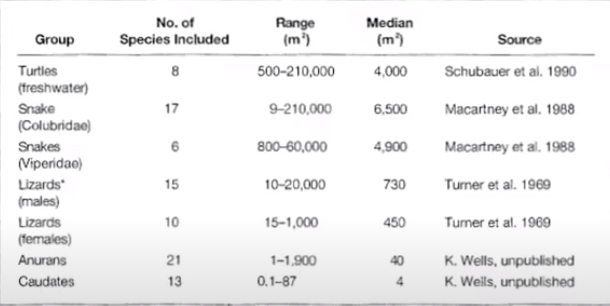
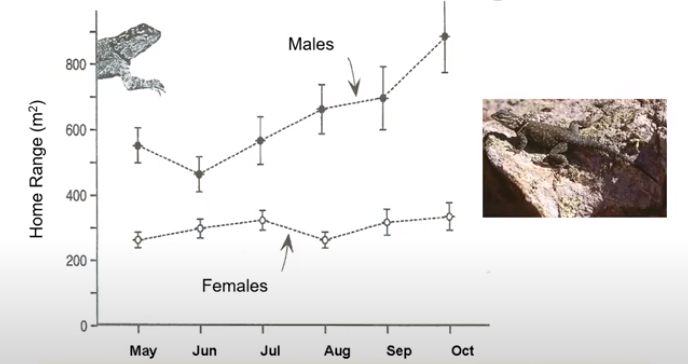
Home range %%varies%% between the %%sexes%%
- %%larger in males, smaller in females%%
- %%male%% home range size %%2x%% amount of female and is %%increasing%%
Defense (Territoriality)
- Usually %%very expensive%%, but where a required resource is insufficient for all individuals, %%defense may have evolutionary advantage%%
- Types
@@Territorial defense@@
- %%Relatively rare%%
- Mark territory with %%pheromones%%
- Accomplished through %%direct combat%%
@@Site defense@@
- %%More common%%
- Defense of %%point resource%%
- Basking sites, food, nesting
